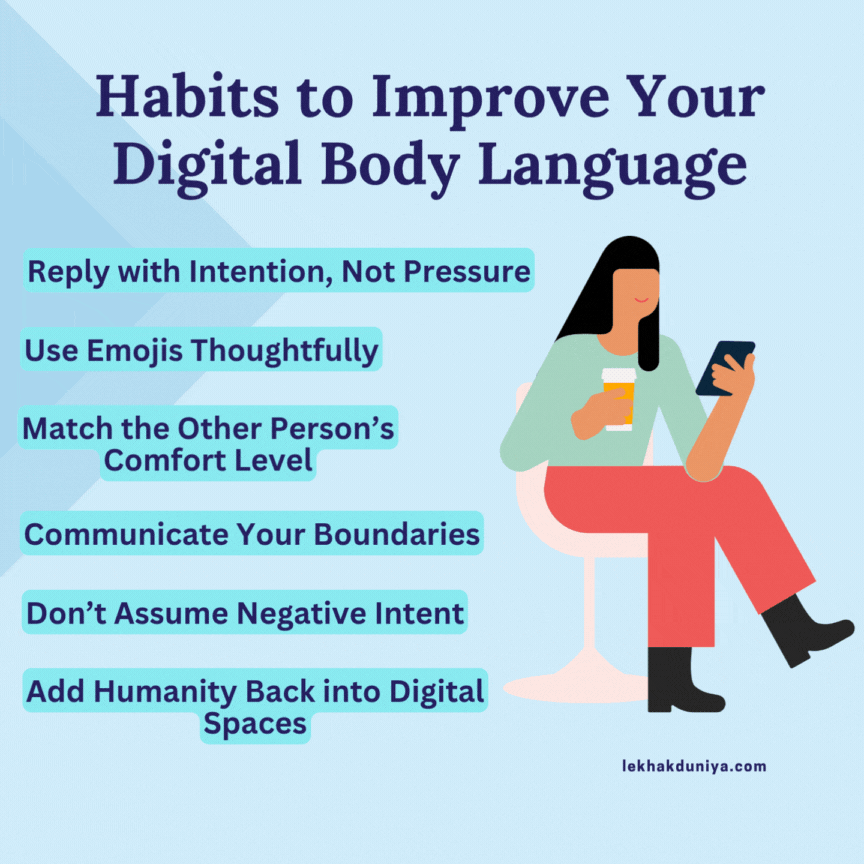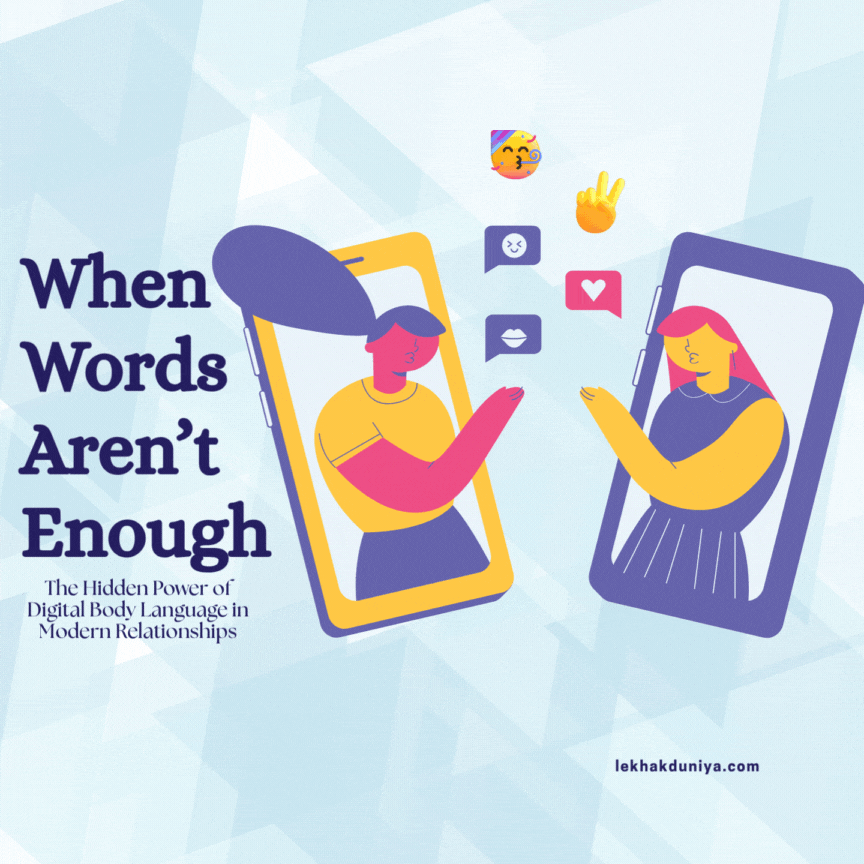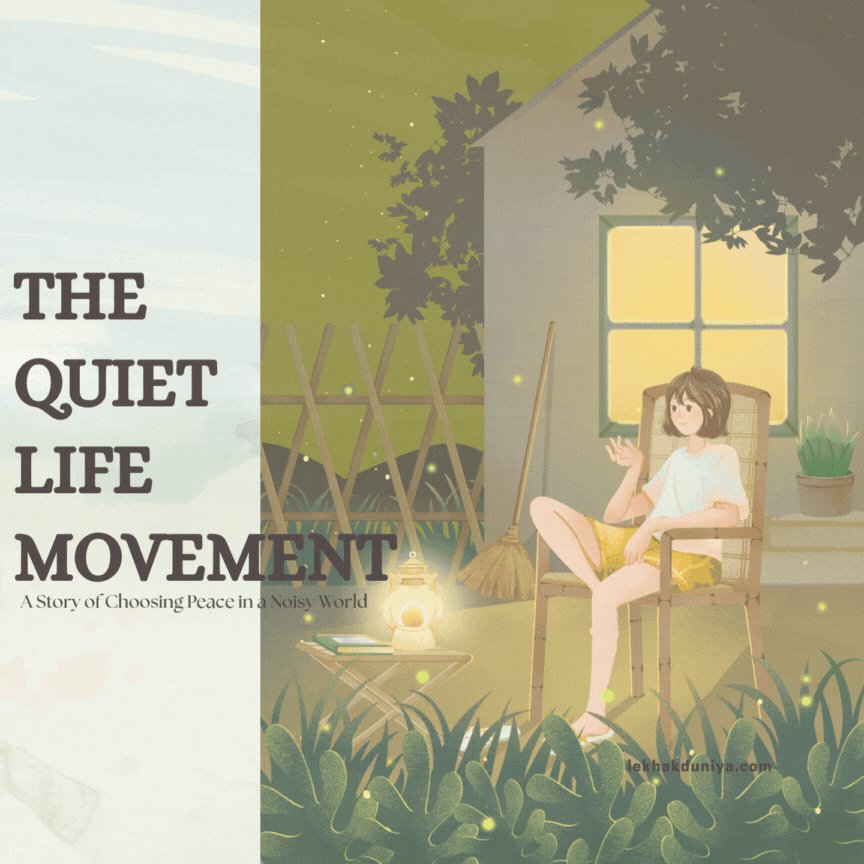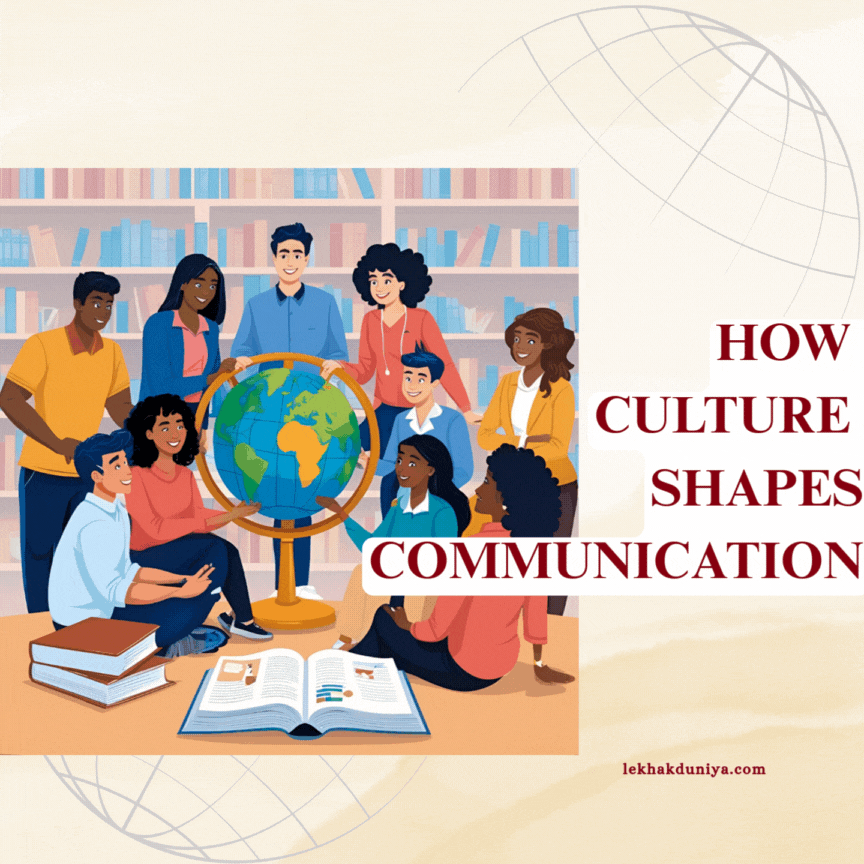Maya had always believed she was good at reading people.
A raised eyebrow, a fidgety hand, a forced smile—she could catch emotions before words appeared.
But when she started talking to Aarav, everything changed.
Their connection didn’t begin with long walks or shared coffees.
It began with something far more fragile—and far more confusing.
A text message.
And from that moment, Maya learned that digital body language—the speed of a reply, the tone of a voice note, the warmth of an emoji—could speak louder than actual words.
The Three Dots That Changed Everything
It started one evening when Aarav replied to her message within seconds.
Maya smiled. Quick replies meant interest, right?
But the next day… silence.
She stared at her phone so long that she practically memorised her lock screen wallpaper.
When the three dots finally appeared, she felt her heartbeat rise.
In today’s world, texting speed is the new heartbeat of attention.
Fast replies whisper, “You matter.”
Slow responses send your mind spinning into unanswered questions.
What Maya didn’t know yet was this: Aarav wasn’t ignoring her—he was simply caught in back-to-back meetings.
But digital body language doesn’t tell you the story; it only shows you the signal.
And signals can be misread.
Emojis: Their Secret Emotional Language
As days passed, their conversations grew longer—and so did their emoji lists.
Aarav sent a “😂” after her jokes, a “🌙” at night, and once, just once, a red heart.
Maya spent the entire day wondering if it meant something… or nothing.
Emojis became their silent storytellers:
· A “😉” added a spark
· A “👍” felt too formal
· A “😂😂😂” meant he was truly laughing—or trying too hard
Maya realised something important:
Emojis are the digital world’s facial expressions.
They soften tone, add emotion, and sometimes say what words can’t.
But they can also complicate everything.
A single heart emoji can turn an ordinary message into a mystery.
Voice Notes: The Tone They Didn’t Know They Needed
One night, Maya recorded her first voice note.
She didn’t trust text to carry what she felt.
Her voice trembled a little as she spoke.
Aarav didn’t reply immediately.
But when he did, his voice was warm, calm, and unmistakably sincere.
“Your voice note made my day,” he said.
That’s when Maya discovered something beautiful:
Voice notes carry tone, warmth, and vulnerability—something text alone can’t do.
They became the bridge between their misunderstandings.
A moment of honesty, wrapped in a few seconds of audio.
Read Receipts: The Silent Spiral
But not everything was simple. Then came the day that tested everything.
One afternoon, Maya sent a long, heartfelt message—something that had taken her an hour to write.
Aarav saw it instantly.
“Read 4:07 PM.”
And then… nothing.
Five minutes felt like fifty.
Her thoughts raced:
· Did she overshare?
· Did she scare him?
· Why read it and not respond?
But that evening, he finally replied.
Hey, I wanted to reply properly… not quickly.”
It hit Maya then:
Read receipts show when someone has seen your message—not how they feel about you.
Most overthinking happens in the space between “read” and “reply.”
Yet most of that fear exists only in our imagination.
How to Improve Your Own Digital Body Language
As their story unfolded, Maya learned that healthy digital communication requires awareness—not perfection. Here are the habits that made their connection stronger, warmer, and more human:
Here are the habits that made their connection stronger, warmer, and more human:
· Reply with Intention, Not Pressure
You don’t need to respond instantly—just honestly. Let your tone reflect your care, not your speed.
· Use Emojis Thoughtfully
Emojis should enhance warmth, not replace clarity. Use them to soften your message but not to hide emotion.
· Match the Other Person’s Comfort Level
If someone communicates, don’t overwhelm them with long voice notes or paragraph texts.
Communication works best when styles align.
· Communicate Your Boundaries
If you reply slowly because of work or overwhelm, say it.
If read receipts stress you, turn them off.
Transparency creates trust.
· Don’t Assume Negative Intent
Silence isn’t rejection. A late response isn’t a sign of a lack of interest.
Always choose clarity over assumptions.
· Add Humanity Back into Digital Spaces
Send a voice note when text feels cold.
Send a genuine emoji when words feel too sharp.
Send understanding instead of overthinking.
Digital communication is a language—and like any language, it becomes easier with empathy.
Conclusion: When Words Aren’t Enough
One night, Aarav texted her:
“Isn’t it surprising how well we’ve come to know each other, all through digital moments?”
Maya smiled at her phone.
She finally realised something powerful:
Digital body language doesn’t replace real connection—it reveals it.
The speed of a reply, the warmth of an emoji, the tone of a voice note, the honesty behind a read receipt—
All of it is part of a modern emotional vocabulary.
A vocabulary that, when understood with patience, can build relationships as deep and meaningful as any face-to-face conversation.
In a world full of screens,
we’re learning to hear the feelings behind the pixels.
Because sometimes, when words aren’t enough, the silence, the tone, and even the delay speak volumes.







